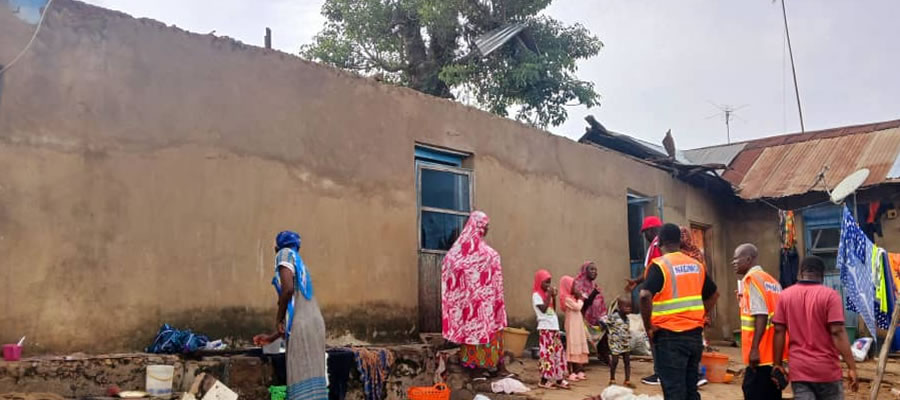

Location and Size
Location
Suhum Municipal is located in the Eastern Region of Ghana and covers a land area of 940 square kilometers. The is bounded by the New Juaben Municipality to the north east, Kwaebibirem and East Akim Municipal to the north, West Akim Municipal to the west, Akwapim South and Akwapim North Municipal to the south and east respectively.It is located within Latitudes 50 451N and 60 51 N and Longitudes 00 151W and 00 45W (figures. 1.2A.1 and 1.2A.2). Its capital, Suhum town, is only sixty kilometers northwest of Accra and this makes the town and others in the district on the Accra – Kumasi highway monitoring towns for some workers in Accra.
The southern part of the assembly also produces non-traditional export crops, pawpaw, pineapple, vegetables etc., because of the nearness to the Kotoka International Airport. Commercial poultry farming also has a great a potential in the municipality because Accra is the largest market for eggs and the completion of the dual carriage way will bring Suhum nearer to it in terms of time.
Topology and Drainage
The municipality falls within the forest-dissected plateau. Most of the land is elevated with an altitude between 500 to 1,000 feet above sea level. The terrain is generally undulating and rises to an elevation of between 152m and 304m above sea level. The area has a few highlands, the Atiwa range has the highest elevation, stands at about 2,000feet /610m feet above sea level. This range is the catchment area of the major rivers and streams in the municipality, namely Densu, Suhum, Essisem and Kua. It is an important catchment area of rivers and streams. Indeed, there is well drained by rivers and streams such as Densu, Essiem and Kua.
Climate and Vegetation
The climatic conditions are of the tropical type where average temperatures are usually high throughout the year. They range from 240C to 290C. The hottest months are March and April while the coolest months are December and January. Relative humidity especially in the rainy season (April to November) is 87% and 91%. In the dry season, it is between 48% and 52%.The rainfall pattern is influenced by the tropical monsoon winds which originate from the south-west and move to the north-east respectively. The first and major season occurs between April and July and the second and minor season occurs between September and November.The annual rainfall figure for the district ranges between 1270mm and 1651mm.
Vegetation
The municipality lies in the forest zone, hence forest is the main vegetation type. However, the original forest is giving way to secondary forest in areas such as Asuboi and Kyekyewere, due to lumbering and farming activities. Elephant grass and similar grass species are emerging in the southern part of the district, a development which favours livestock farming.The assembly was originally covered by a semi deciduous forest. However, human activity in the form of cultivation, lumbering and extraction of fuel wood has drastically reduced the land covered by the original vegetation to an insignificant level and is now covered mostly by re-growth thickets and secondary forests.
Other types of vegetation like the elephant grass have also grown on farmlands where the fallow periods are not adequate and the fertility of soils have now been reduced due to sheet erosion. The “Acheampong” weed which was introduced into the country in the 1970s has also become very prominent on most of the fallow lands.While the decline of the cocoa industry due to the bush fire of 1983 has resulted in ranchlands, especially in the Coaltar Area, the situation has been exploited to produce non – traditional crops.
Ecology
The Assembly has very suitable conditions for the development of agriculture and the lumber industry. Large scale production of cocoa took place in the early part of the 1930s. Production of food crops which is mostly subsistence is the other major agricultural activity but the shortness of the fallow period and bushfires have led to land degeneration and low crop yields. Land degradation has led to sheet erosion along the slopes, resulting in the siltation and drying up of rivers and streams during the dry season
Date Created : 11/29/2017 6:48:26 AM











 facebook
facebook
 twitter
twitter
 Youtube
Youtube
 +233 593 831 280
+233 593 831 280 0800 430 430
0800 430 430 GPS: GE-231-4383
GPS: GE-231-4383 info@ghanadistricts.com
info@ghanadistricts.com Box GP1044, Accra, Ghana
Box GP1044, Accra, Ghana